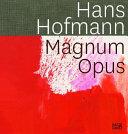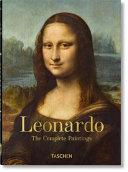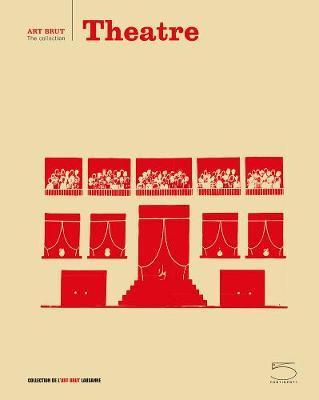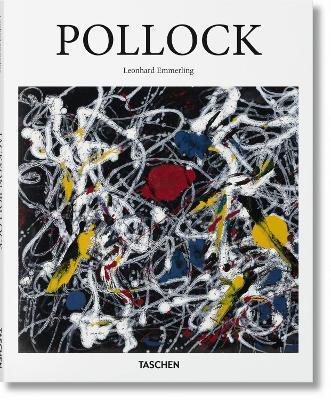Arts , Art History & Theory
El Greco
To his contemporaries in late 16th-century Venice, El Greco (1541 -1614) was a contrary fellow, an innate artist blessed with extraordinary talent, but stubborn in the pursuit of his own path. Throughout his career, as he progressed from Crete to Venice, to Rome and ultimately Toledo, Spain, "The Greek" stood apart from his peers, merging different Western art traditions to create a unique pictorial language. El Greco's single-minded style rejected naturalism and rejected accessibility. Works such as The Disrobing of Christ (1577-79), The Burial of the Count of Orgaz (1586-88), and The Vision of St John (1608-14) reveal elongated, twisted figures; unreal colors; and an experimental rendering of space - all resistant to easy viewing and intent, instead, on an art of epic grandeur and intellectual beauty. Frequently regarded with suspicion and criticism during his lifetime, El Greco was revived by a troop of ardent modern admirers, including Pablo Picasso, Roger Fry, and Der Blaue Reiter pioneer Franz Marc. Today, the artist belongs to the privileged group of great old master painters, as much an anomaly of his age, as a reference point across the centuries. This essential introduction from TASCHEN Basic Art 2.0 explores the influences and the ingredients of El Greco's radical and singular vision, from the symbolic world of Byzantine icons and the humanistic values of the Renaissance to the nascent beginnings of conceptual practice. About the series Born back in 1985, the Basic Art Series has evolved into the best-selling art book collection ever published. Each book in TASCHEN's Basic Art series features: a detailed chronological summary of the life and oeuvre of the artist, covering his or her cultural and historical importance a concise biography approximately 100 illustrations with explanatory captions
- Unknown
- TASCHEN Gmbh
- 2016
- 96
- Hardback
- 9783836534536
Поткатегории












